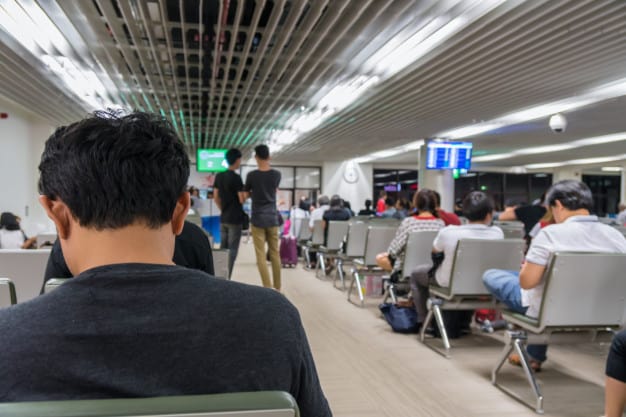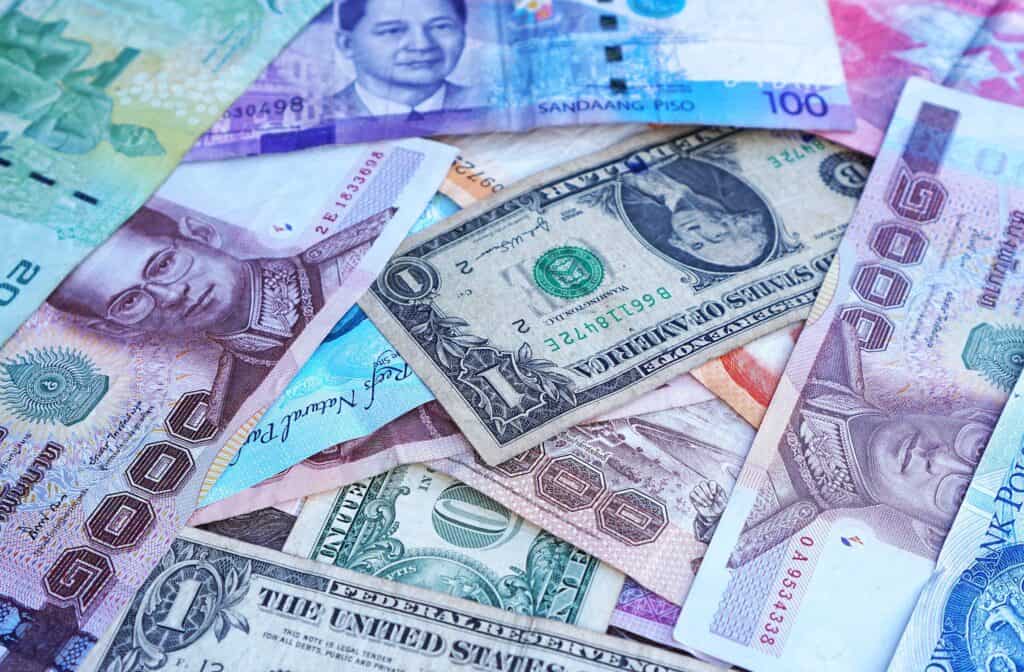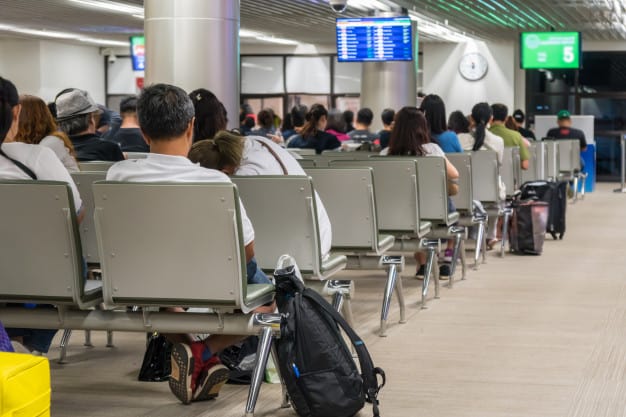Money remittance has always been parallel with an OFW’s main goal. The thing is, their families are depending on them back home, and what better way to provide than to send financial sustenance on a monthly basis. Believe it or not, there used to be a time in which the process of money remittance itself is scarce, to almost non-existent to many parts of the world. OFWs of the old age used to send money through envelopes, through snail mail, and you can probably guess how that went. There’s a reason why it was called snail mail, and indeed, it arrived later than usual, hence their families were always on the verge of deadlines and due dates. Nowadays, people have gone smart and instead chose to send money via a more practical and efficient way.
The rise of money remittance centers somewhat became synonymous with the stereotype of Filipinos being the hardworking heroes in foreign countries, perhaps the notion of being resilient amidst homesickness and loneliness gave off a very inspiring aura among Pinoys. The fact that we are regarded as such by foreigners as well would definitely say so much about this longstanding reputation, so much that pop culture and modern day marketing capitalized on this vividly, that we’d often see more of this via our local commercials and teleseryes. Talk about national identity and stereotyping in the media, this one takes the cake to a whole new level.
With that aside, you may be wondering how this came to be. How did we Filipinos end up being the very image of hardworking heroes? And how did we end up staying significantly parallel with the process of money remittance as well? To understand this whole concept, we should begin with the basics.
First of all, what is Money Remittance?
A quick online search gave this very specific definition about money remittance:
“A remittance refers to money that is sent or transferred to another party. The term is derived from the word remit, which means to send back. Remittances can be sent via a wire transfer, electronic payment system, mail, draft, or check. Remittances can be used for any type of payment including invoices or other obligations. But the term is typically used to refer to money sent to family members back in a person’s home country.”
Take note of the last sentence. The most common perception about money remittance is it is a way for foreign workers and expats to send financial assistance back at home. It doesn’t matter what country they are currently in, as long as the financial support is bigger than what their loved ones earn back at home on an average, it is considered a financial help or sustenance. Now, you may ask, what if the amount sent isn’t bigger than what their loved ones currently earn on an average? Well, there’s the fact that it invalidates the purpose of being an overseas worker in the first place. Knowing very well that they wouldn’t make much of a money when working abroad would simply tell them that leaving their country of origin wouldn’t make any difference at all.
How big is the contribution of Pinoys when it comes to Money Remittances?
If you think that the numbers are insignificant, think again. Here are a couple of data with regards to OFW’s remittance contributions to the country:
- As of late, there are more than 10 million Filipinos are living as expats—a sum equal to 10% of the country’s population.
- According to data gathered by Bangko Sentral ng Pilipinas (Philippines Central Bank, BSP) back in 2017, the Philippines was able to receive an inflow of USD$32,808 million, which translates to 10.5% of the Gross Domestic Product (GDP).
- If you’re wondering about the most preferred countries for Filipinos to work in, according to the BSP, overseas Filipino workers (OFWs) support their families mainly from the United States (9.4 million), the United Arab Emirates (2.54 million) and Saudi Arabia (2.5 million). These choice of countries are evidently portrayed in local TV teleseryes most of the time. However, as time went by, the consensus shifted towards other choices such as Canada, Australia and New Zealand.
As you’ve noticed, a huge number of people definitely results to a much bigger return in finance. Take note that these numbers only represent data gathered from that very year, hence, there is a big chance that it may have gone up as the years went by. Do not be surprised if the numbers even doubled up, with a few more countries widening their doors towards Filipino workers in the past years alone, along with the support of the Philippine government continuously providing their assistance towards Filipinos who are hoping to make a living in the various parts of the world. Speaking of increase in numbers.
What is the most recent count, in terms of all OFW’s remittance in the past year alone?
Simply put, it was huge! According to another recent data gathered by the BSP:
“Cash sent home by Overseas Filipino Workers (OFW) surged to an all-time high in December 2018 and clocked in full-year growth that outpaced the central bank’s growth forecast even as it was the slowest annual increase on record. Cash remittances reached $2.849 billion that month, up 3.9% from the $2.741 billion inflows recorded in December 2017, spurring full-year inflows up 3.1% to $28.943 billion from 2017’s $28.060 a little past the BSP’s three-percent growth projection. That month’s (December) increase was the fastest since October 2018’s 8.7%. The increase in remittances was propelled by a 2.8% hike in the amounts sent by land-based OFWs, plus a 4.6% pickup in funds sent by those working at sea.”
Let us put into perspective that the cash flow was calculated in US Dollars ($), hence, if it was to be converted into Philippine Pesos (Php), the numbers would reach a very astounding amount. Indeed, it greatly contributes to the Philippine economy, along with the import, export, and businesses we have with other countries.
Is the level of money remittance affected by the ever-changing season?
That’s a good question that would be best answered by this particular statement from a sought after economist:
“December is the season for sending back money for loved ones in the Philippines,” says Chief Economist Mr. Carlo O. Asuncion. “Remittances usually peak towards December each year as OFWs send more money to support increased spending for festivities and gifts during the holidays.”
This is true, as according to BSP, “Household spending contributes about three-fifths of gross domestic product. The latest available Philippine Statistics Authority data show household final consumption expenditure growth slowing to 5.4% in 2018’s fourth quarter from the year-ago 6.2%, and full-year increase slowing to 5.6% in 2018 from 5.9% in 2017.”
While the Holidays is near, a lot of Filipinos send money and receives remittances. If you are sending or receiving remittances until November 2019, you can win in our Cebuana Lhuillier’s PADALAmazing Raffle Promo and Double Your Remittance Promo!
More info on these promos on this links:
https://www.cebuanalhuillier.com/cebuana-padalamazing-raffle-promo-mechanics/
https://www.cebuanalhuillier.com/double-your-remittance-promo/



